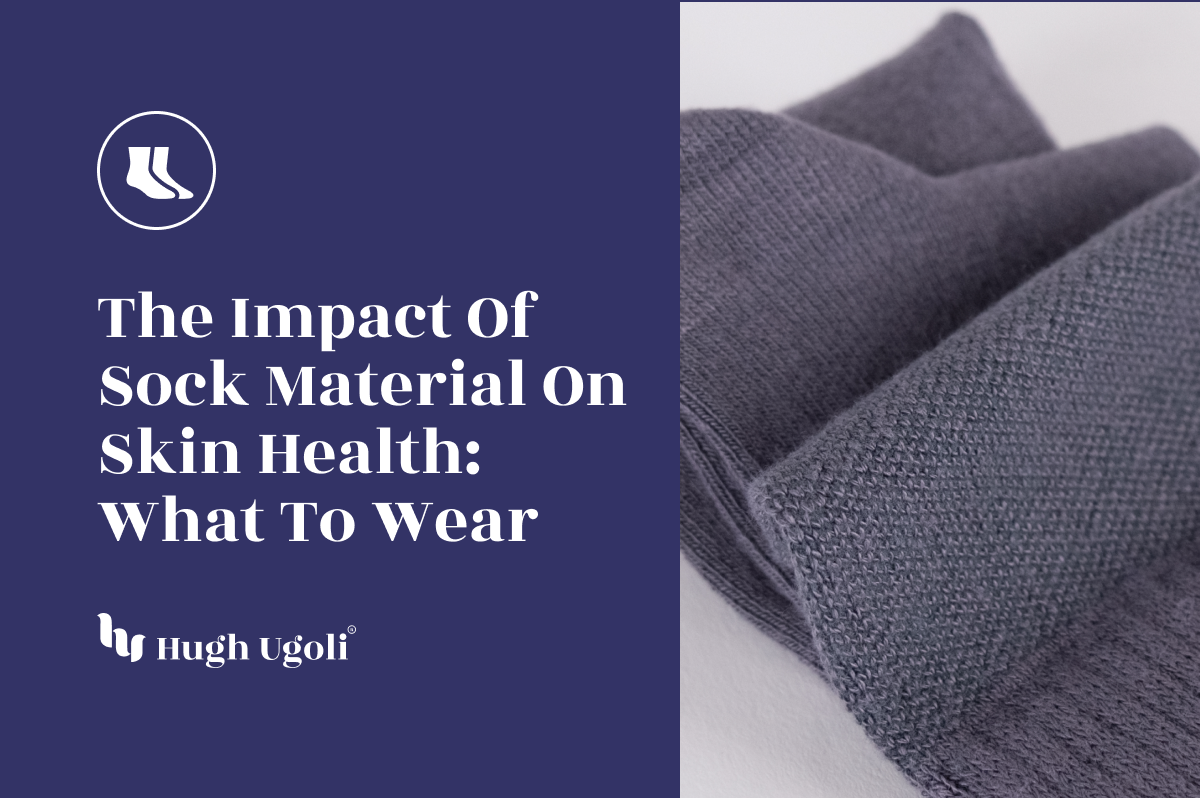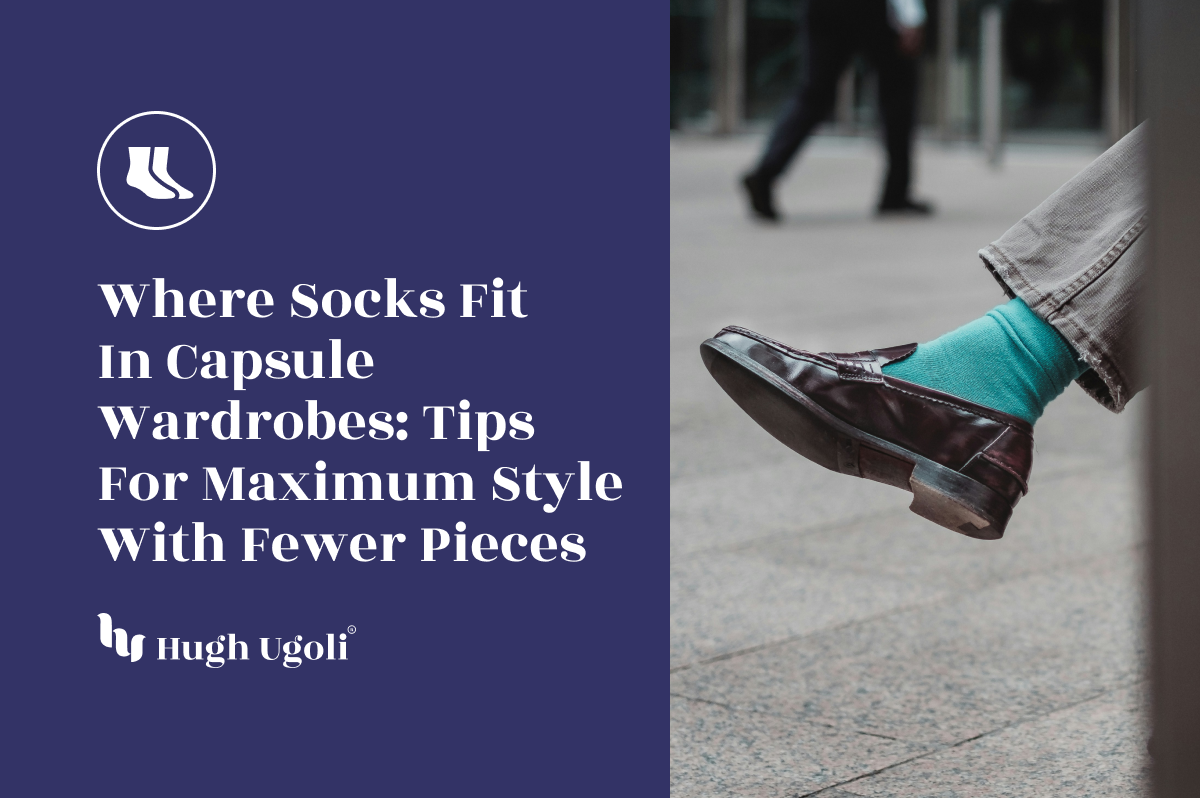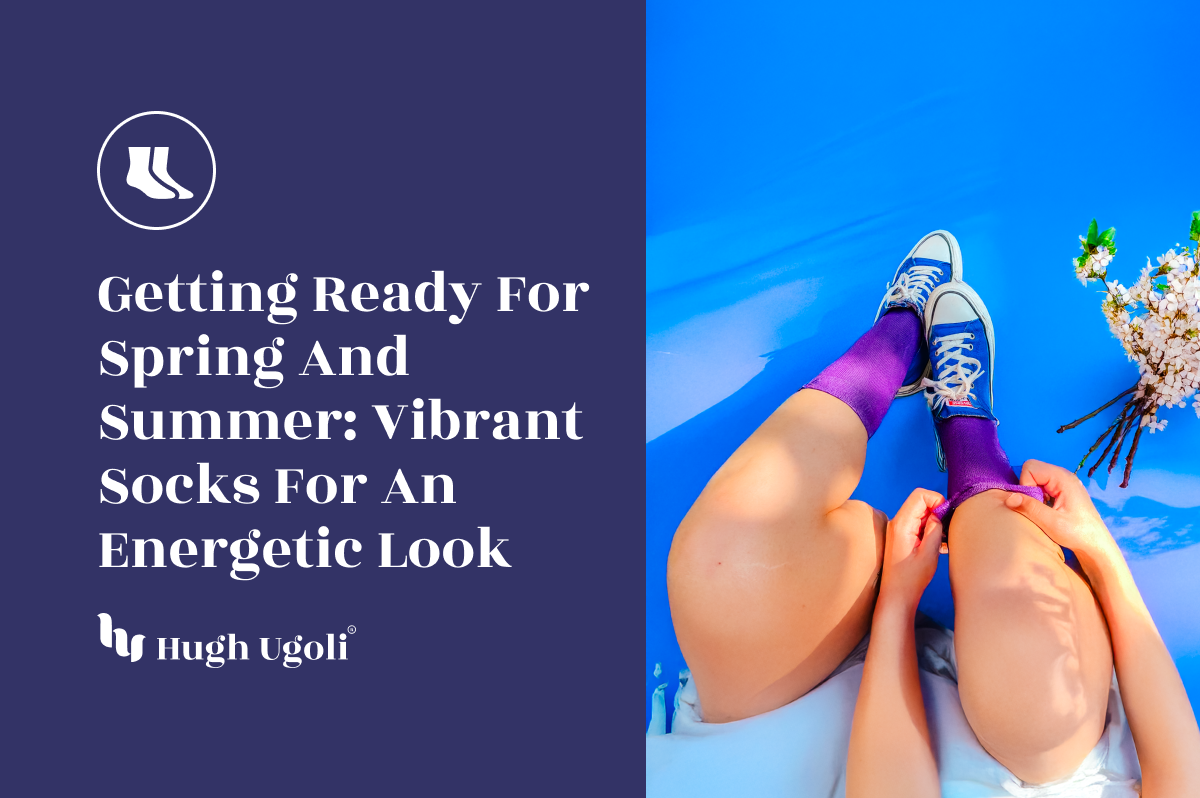Choosing the right sock material is crucial for maintaining skin health. This blog will guide you through the benefits of various sock materials, helping you make informed choices that protect your skin and enhance overall comfort.
Understanding the Importance of Sock Material
Skin Health Benefits
The material of your socks can significantly impact your skin's health. Breathable, moisture-wicking materials like cotton, bamboo, and wool help keep your feet dry and reduce the risk of skin conditions.
Care of Your Skin
Proper foot care starts with the right socks. Wearing socks made from natural, breathable materials can prevent irritation and promote healthy skin. Moisture-wicking fabrics help maintain a dry environment, reducing the chances of fungal infections.
Types of Sock Materials
Cotton Socks
Cotton is a popular choice for everyday wear. It's soft, breathable, and hypoallergenic, making it suitable for sensitive skin. For example, Hugh Ugoli Women’s Cotton Dress Crew Business Casual Socks provide comfort and style for daily use.
Bamboo Socks
Bamboo socks are known for their softness and natural antibacterial properties. They wick moisture away from the skin, keeping feet dry and odor-free. Check out Hugh Ugoli Women’s Bamboo Dress Crew Soft Socks for a comfortable, eco-friendly option.
Wool Socks
Wool socks offer excellent insulation and moisture-wicking properties, making them ideal for colder weather. They help maintain a consistent temperature and protect against skin conditions caused by excessive moisture.

The Role of Sock Material in Skin Conditions
Preventing Skin Irritation
Certain materials can irritate sensitive skin. Opting for hypoallergenic and soft fabrics like cotton and bamboo can prevent redness, itching, and other skin conditions.
Managing Blood Vessels Health
Compression socks made from specific materials can improve blood circulation, reducing the risk of varicose veins and other circulatory issues. These socks are designed to apply gentle pressure, helping blood flow back towards the heart.
Choosing the Right Socks for Your Skin
Moisture-Wicking Properties
For active individuals, moisture-wicking socks are essential. They keep your feet dry during workouts, preventing blisters and fungal infections. Look for socks made from materials like bamboo or synthetic blends specifically designed for athletic wear.
Comfort and Fit
Properly fitting socks made from high-quality materials can prevent friction and pressure points, which are common causes of skin issues. Ensure your socks have a seamless toe design and adequate cushioning.
Practical Tips for Sock Care
Washing and Drying
To maintain the integrity of your socks and protect your skin, follow proper washing and drying guidelines. Use a gentle detergent and avoid high heat when drying to prevent fabric damage and shrinkage.
Regular Replacement
Regularly replace worn-out socks to ensure they continue to provide the necessary support and protection for your skin. Over time, the fibers in socks break down, reducing their effectiveness.
Conclusion
Choosing the right sock material is a simple yet effective way to protect your skin and enhance your comfort. By understanding the benefits of different fabrics, you can make informed choices that promote healthy feet. For more insights on maintaining skin health through proper sock selection, check out our blog on Socks for Swelling: Choosing the Best for Foot Health.
















